Designing an interactive handlebar infotainment system for light vehicles


Welcome
Jesper Bratt
KTH ROYAL INSTITUTE OF TECHNOLOGY
SCHOOL OF COMPUTER SCIENCE AND COMMUNICATION
DEGREE PROJECT IN MEDIA TECHNOLOGY, SECOND CYCLE, 30 CREDITS. STOCKHOLM, SWEDEN 2016
Overview

introduction
Background
Process and results
conclusions
questions
Introduction
Feeling confused?
Feel free to ask questions during the presentation.

Me, livi and the thesis
what have i done?
infotainment system?
What are the crucial aspects when designing and developing an affordable in-vehicle infotainment system for light vehicles that not only provides extended functionality, but also improves safety?
Background


weatherproofing
autONOMY
SEATING COMFORT
communication
NAVIGATION
SAFETY
CONNECTIVITY
ENTERTAINMENT

ECONOMY
CONVENIENCE
SPEED
FREEDOM
communication
NAVIGATION
SAFETY
CONNECTIVITY
ENTERTAINMENT

1.25 MILLION
Background

Background






WHO global status report on road safety 2015
NHTSA National Motor Vehicle Crash Causation Survey, 2008
Leading cause of death among young
15-29 years old
50% are unprotected
300 000 motorcycle deaths
75% are male
93% due to
human error
LV accidents cost approx. USD 115B
40% inattention/distraction
SE Asia / Pacific
2/3 in SE Asia / Pacific

Background

Where are we now?
A look at existing solutions.
Background
Sensus
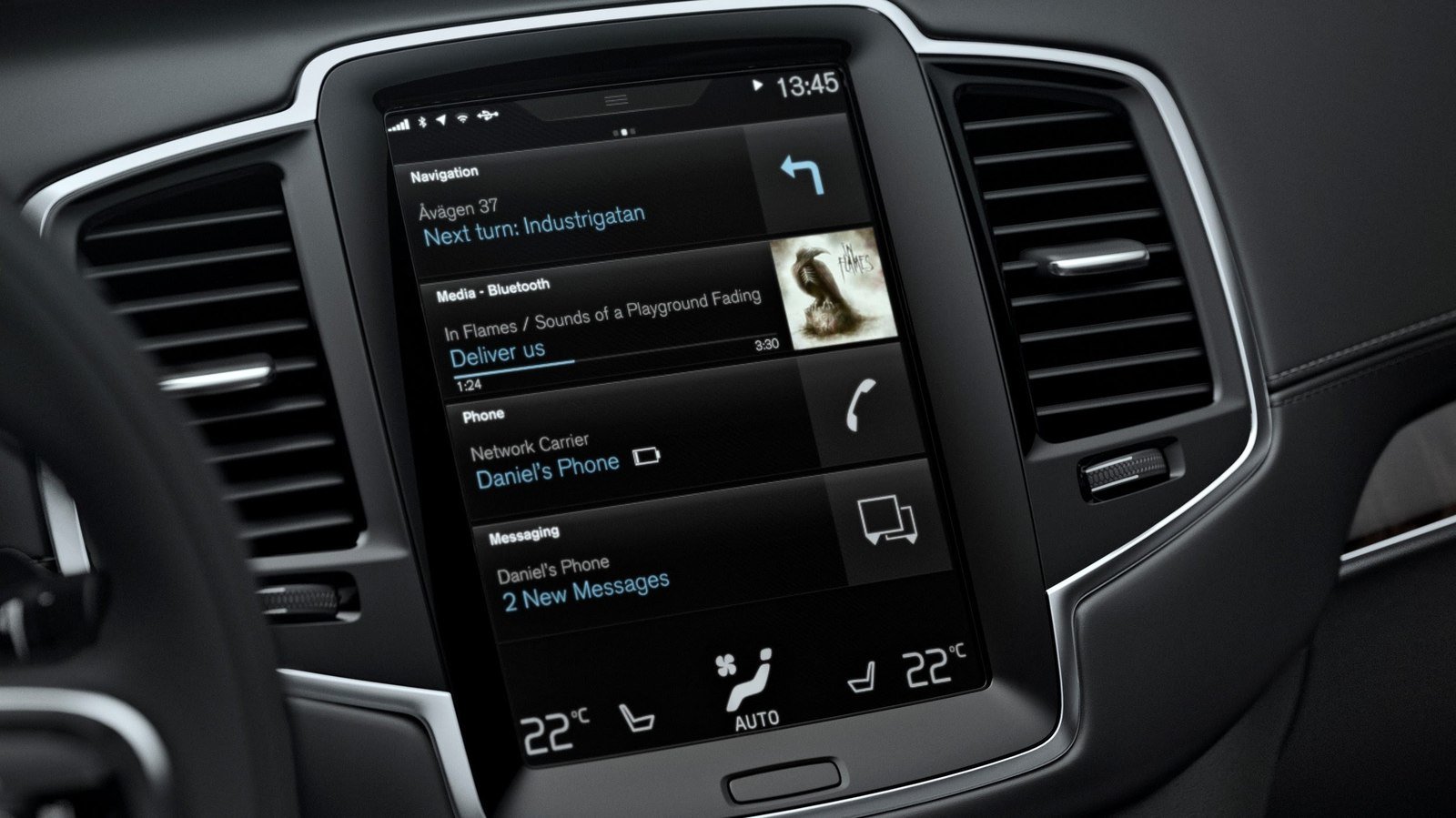
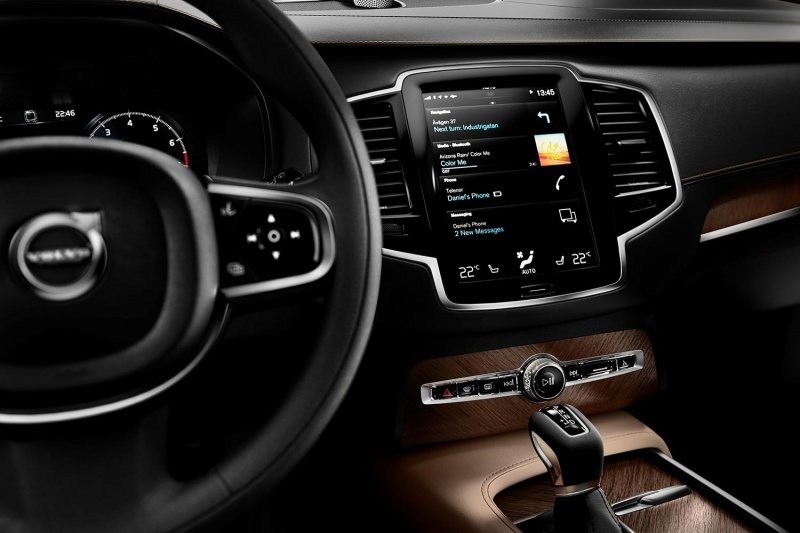

Background
TESLA
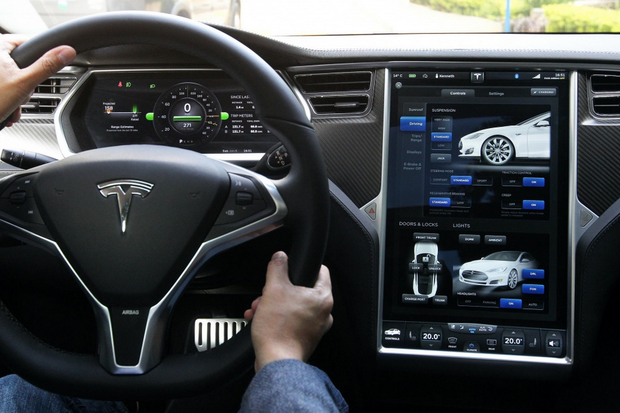
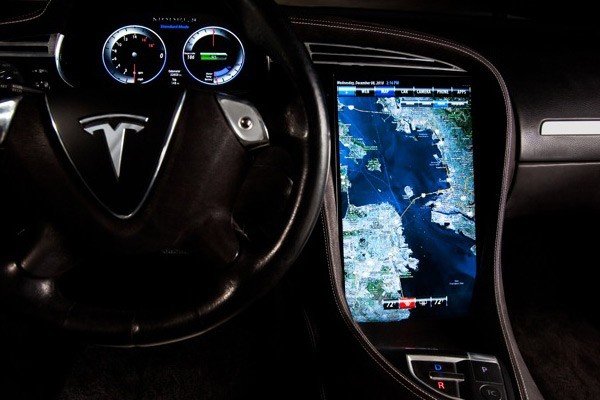

Background
Boom



Background
SKULLY
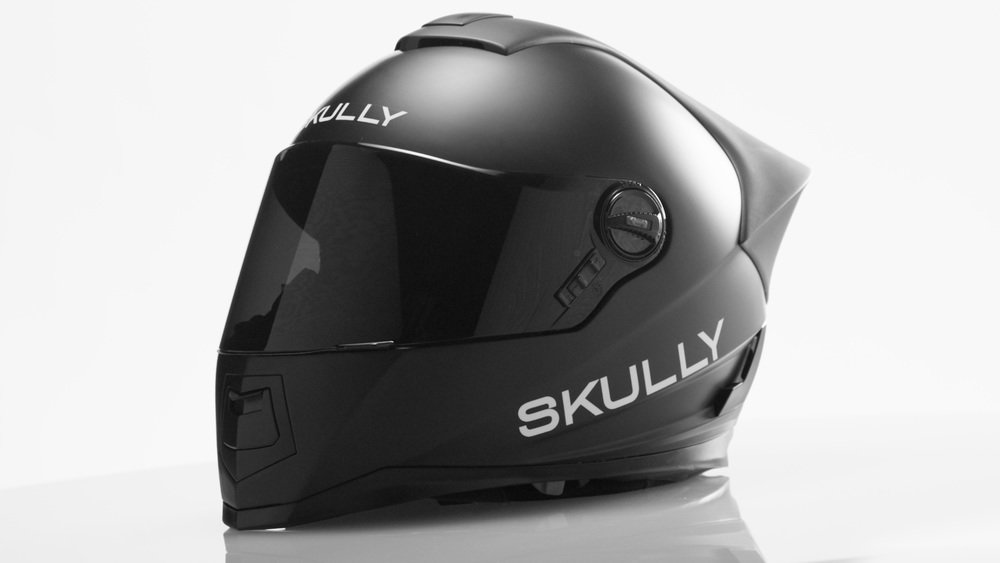

Background
SATURNA

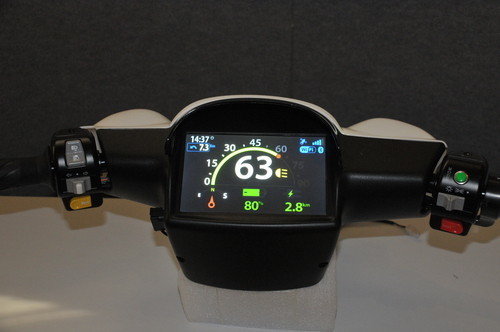
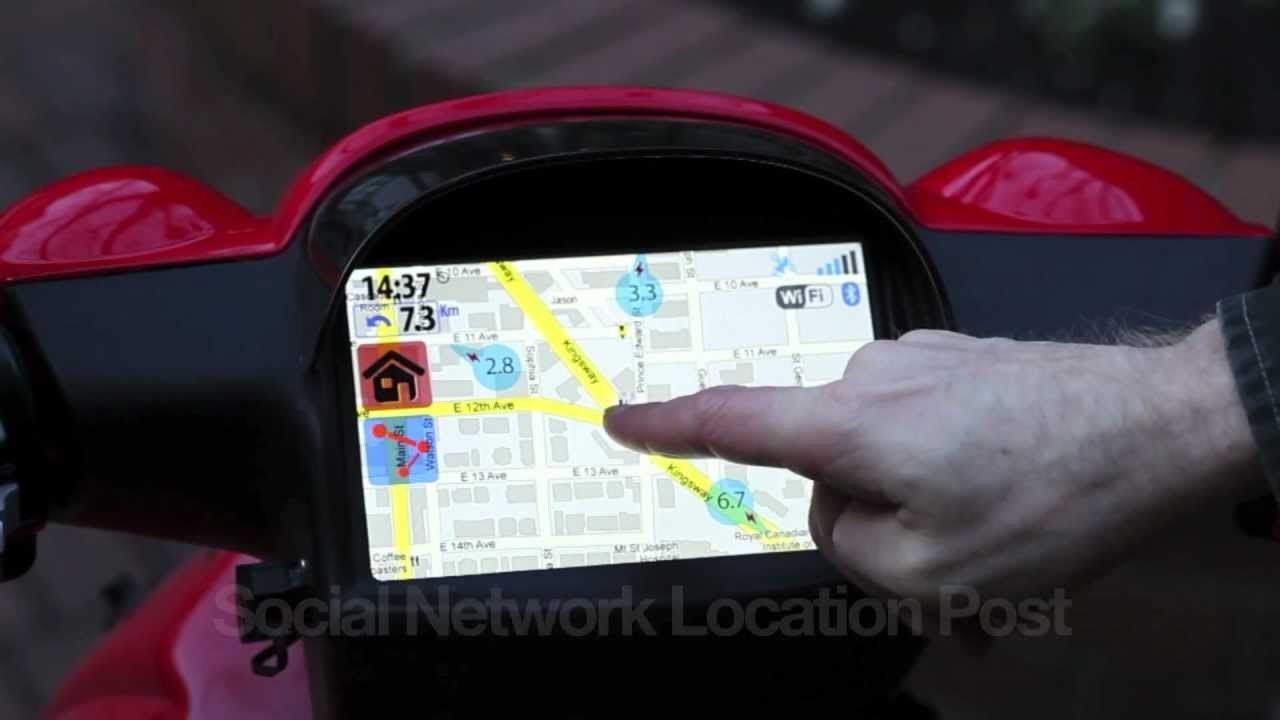
Background

How to make an impact?
Current solutions are expensive and desirable
Target the right market and make it accessible
Low cost
KEEP DESIRABILITY
> High impact
Background

zForce touch input
Phone as screen
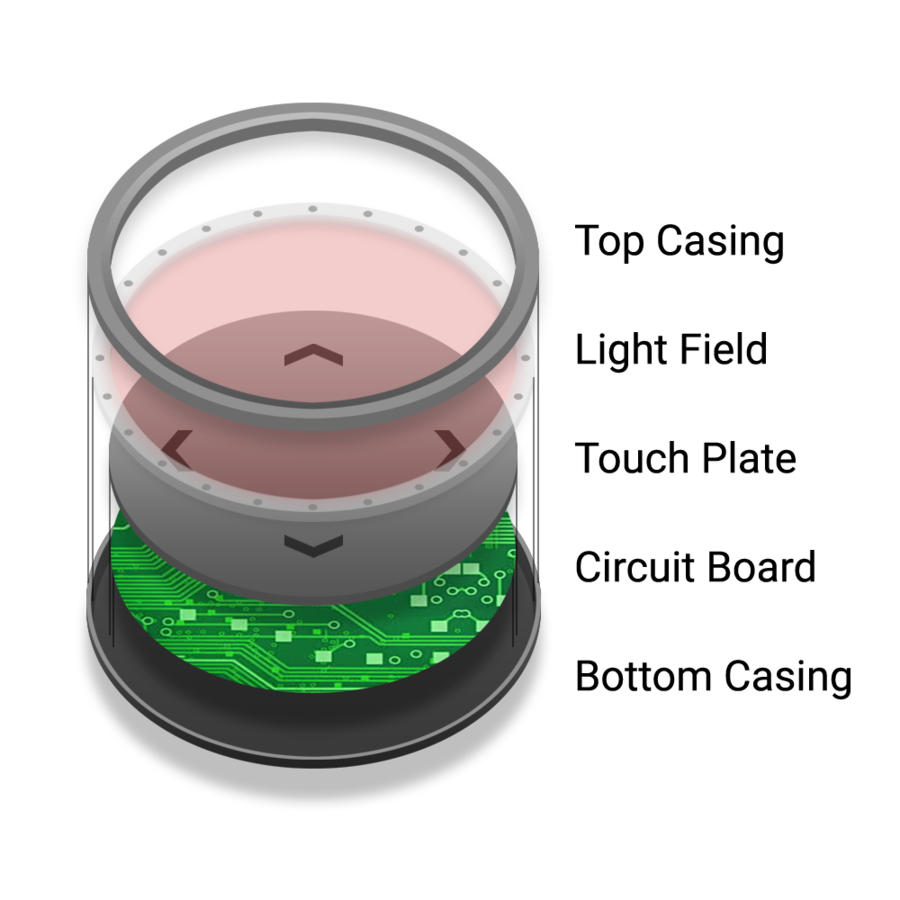
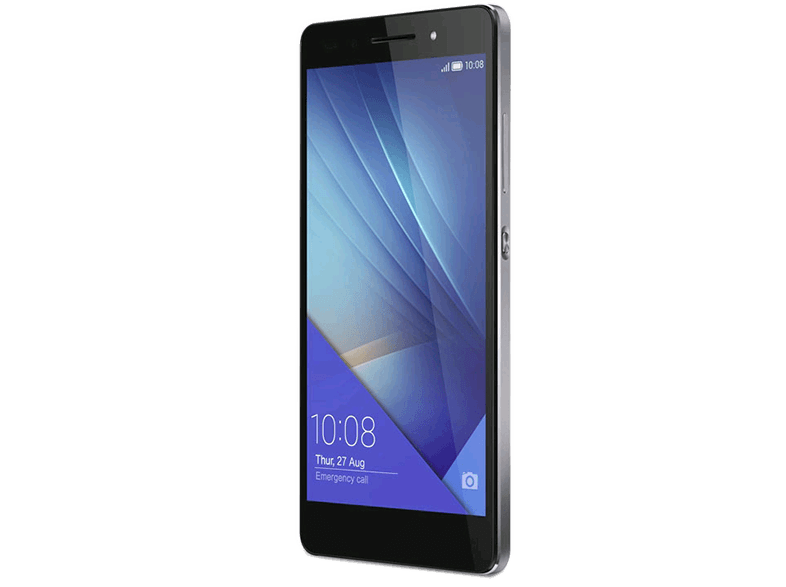
Sustainability is crucial
Process

Research through design
Grounding, Ideation, Iteration, Reflection
Correct thing != Commercially successful thing
Heuristics
Nielsen's 10 Usability Heuristics for User Interface Design
Cognitive Walkthrough
C. Wharton, J. Rieman, C. Lewis, P. Polson
Process

Visibility of system status
Error prevention
Flexibility and efficiency of use
recognize, diagnose and recover from errors
user control and freedom
match between system and the real world
consistency and standards
recognition rather than recall
aestethics and minimalist design
help and documentation
HEURISTICS
Process

1. ... try to achieve the right effect?
2. ... notice that the correct action is available?
3. ... associate the correct action with the effect that the user is trying to achieve?
4. ... see progress towards solution if the correct action is taken?
COGnitive walkthrough
Will the user...
Results

Functionality analysis
55 became 25
interaction mapping
Using a stick to test
physical design
Shaping the handlebar, and connecting the prototype
infotainment design
Iterating over the
Results
Handlebar sketches


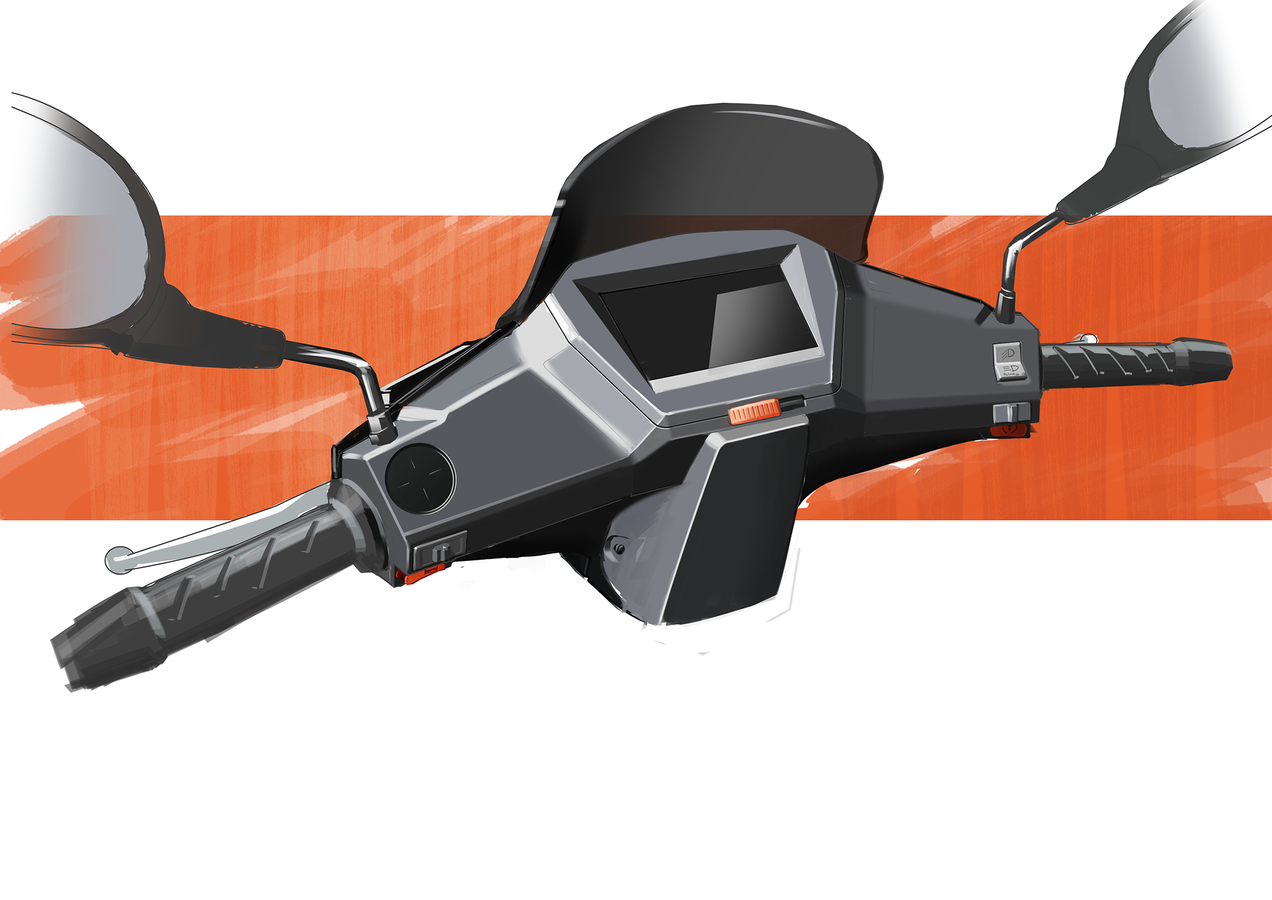
Results
RAPID ITERATIONS
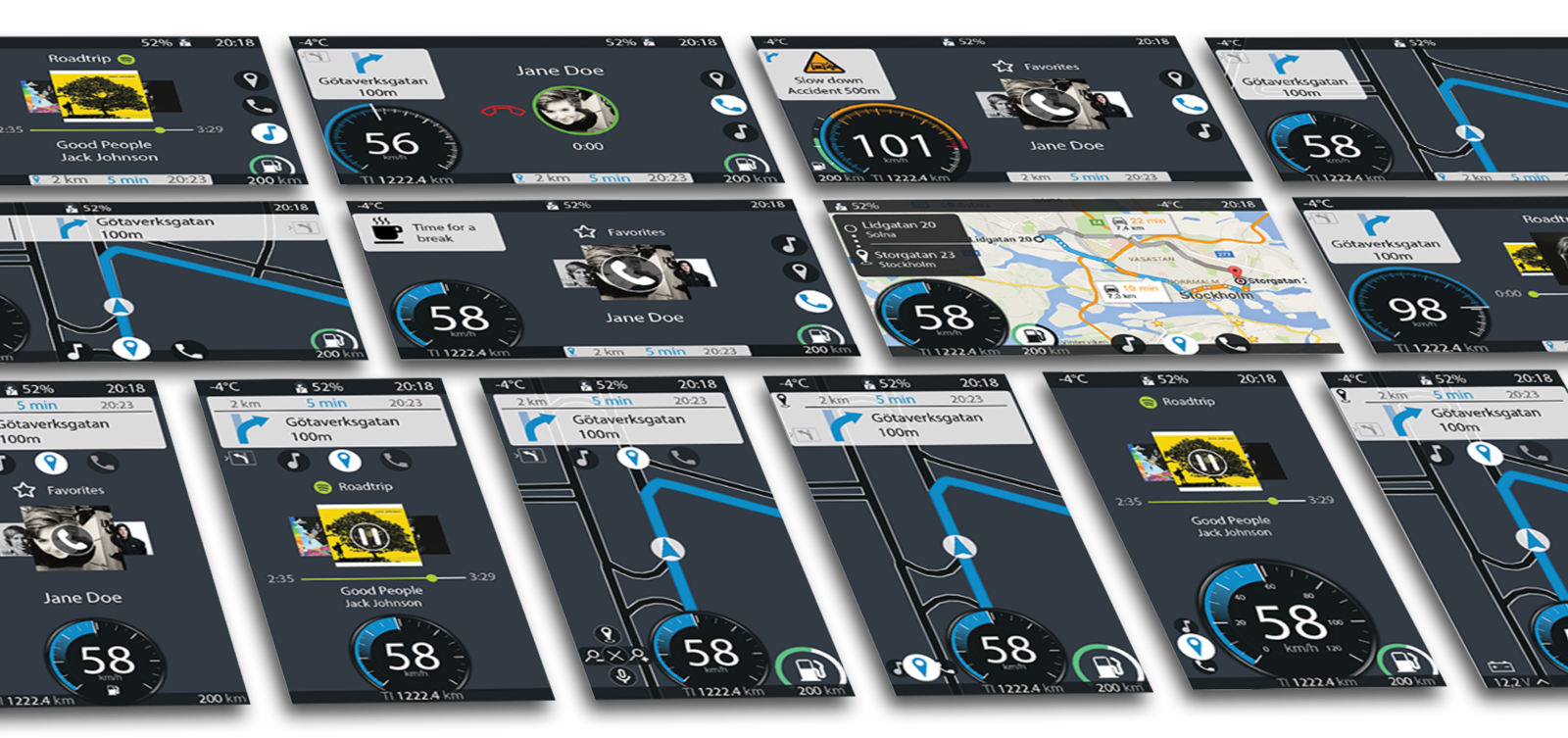

Results
Iteration 1
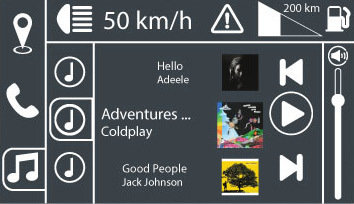

Results
Iteration 21


Results
Iteration 64
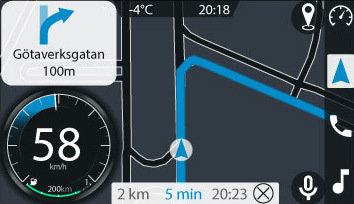

Results
FINAL Iteration


Results
Final prototype
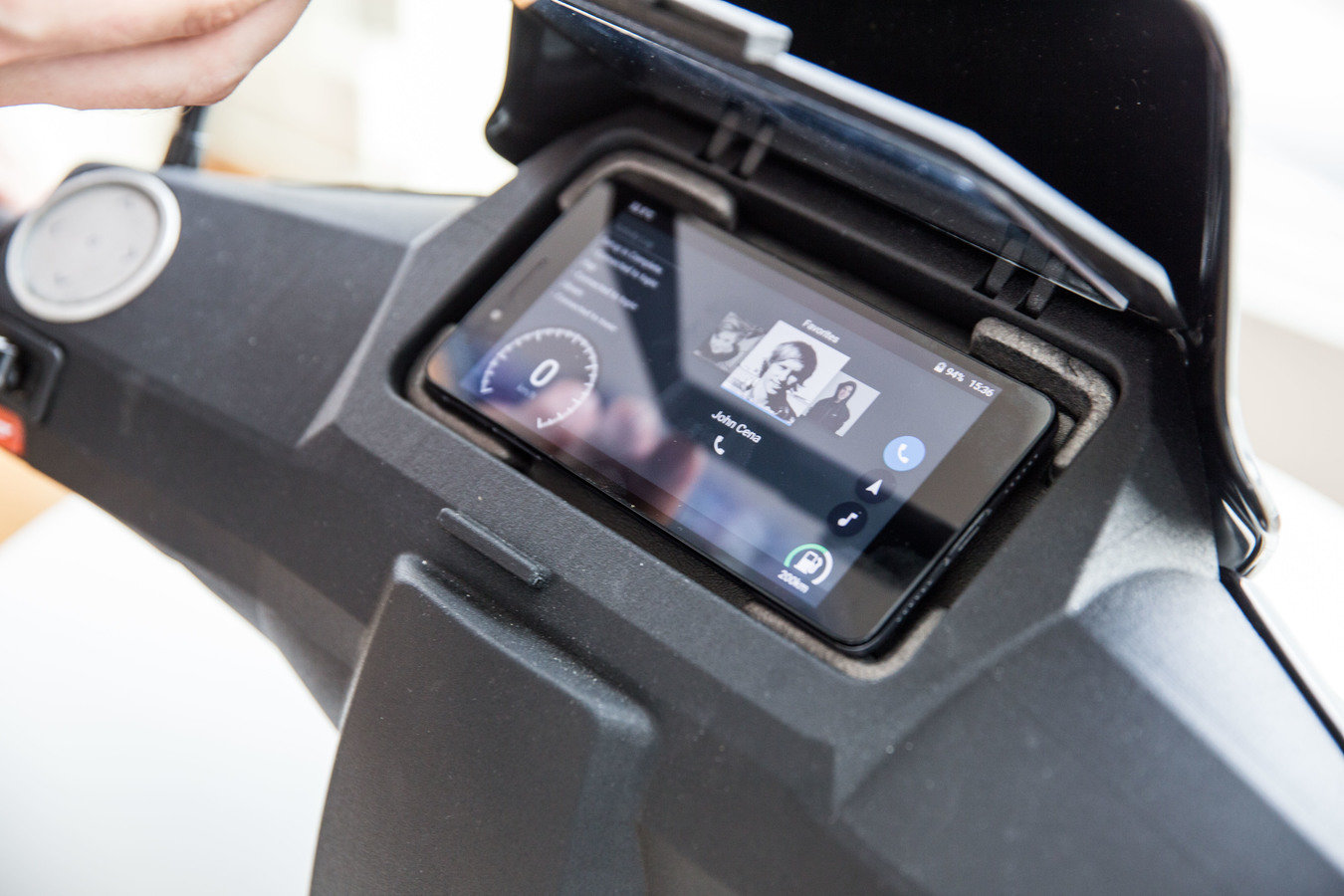

Conclusions

Navigation is key
Animations and spatial relations
Notifications + cognitive overload
Gestures in tight spaces
Takeaways
Conclusions

Trip to asia
Interviews
Small scale testing
Innovative and cost efficient way to deliver safety increasing solutions
Is it relevant?
Conclusions

Massive user testing
verify heuristic/cw decisions
taking it into production
Future?
Ask me anything!


Questions
Thank you for listening.
DEGREE PROJECT IN MEDIA TECHNOLOGY, SECOND CYCLE, 30 CREDITS. STOCKHOLM, SWEDEN 2016
thesis
By Jesper Bratt
thesis
Presentation of my master's thesis.
- 135



